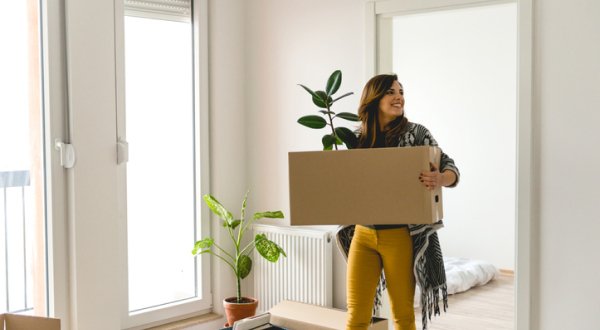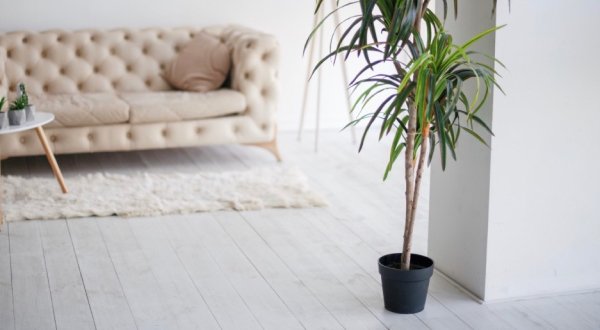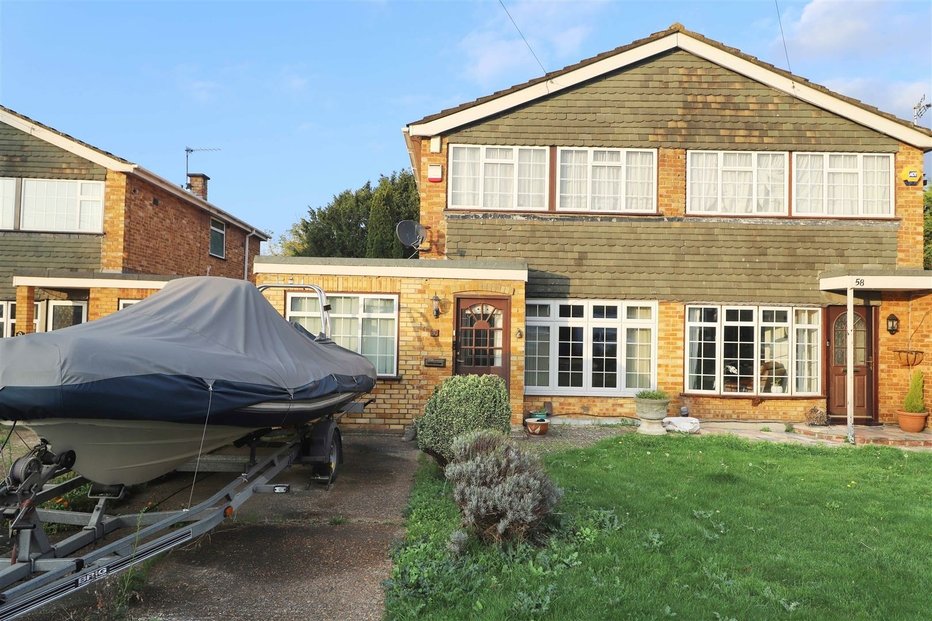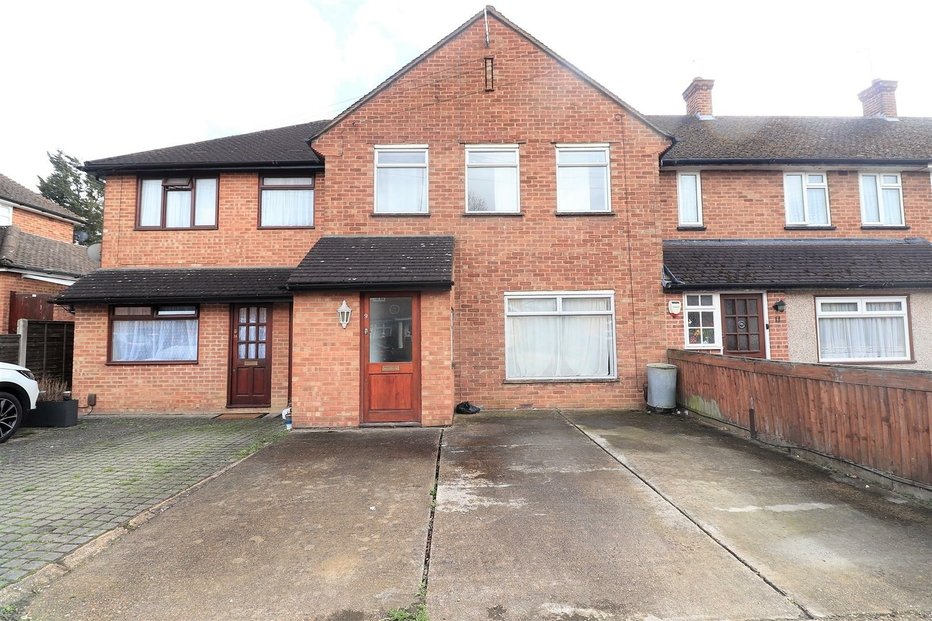A normal aspect of living in a home is to notice the idiosyncrasies of your property – not just the things that you like about the home but also those things that you're concerned about – perhaps little cracks that are appearing in the plaster, or a drain that keeps blocking. It's not just important for homeowners to keep a vigilant eye though, if you're looking for the right property to buy, paying close attention could save a lot of stress and not to mention money if you do avoid buying a home with serious problems.
One of those problems that you have problem heard about is “Japanese Knotweed”. A recent report suggested that it has been given a bit of a bad name and may not be more damaging than other plants, but nevertheless, home insurance policies tend not to protect against it, and mortgage lenders often take a dim view of properties with a history of the fast growing plant that can cause damage to foundations, walls and pipes. There will be a cost associated with clearing and disposing of Japanese Knotweed, so if you are concerned, contact a specialist!
Damp can also be an issue for homeowners. It is possible to spot damp in a home by mould and marks on walls. Damp can be a sign of a leak somewhere in the property, or an even more concerning issue is rising damp, whereby moisture has penetrated the damp-proof course between your home and the ground. This could be a big issue, and is not likely to be covered by most insurers, and once again will require attention and finance.
We've probably all become familiar with the sight of the damage that flooding can do for a property, and now part of the conveyancing process will involve a flood risk report detailing and evaluating the risk that any property has of flooding. Higher risk properties are likely to face a higher premium for insuring, so this is worth considering – also finding out the last time that the property has flooded might give you a better idea of whether this is a risk you are willing to take.
One of the most costly issues in a home come from subsidence and heave. This happens when the ground under the home moves in some way, with the result that the foundations to the home need to be strengthened and repaired. Look out for significant diagonal cracks that are more than 3mm, and particular any cracks that are visible from within the property and outside. Keeping trees in check, maintaining gutters and plumbing will help to mitigate the risk of subsidence, but where concerned enlist the help of a surveyor.
At Cameron we try to encourage buyers to have a survey taken out on a property they are buying so that they go into the transaction eyes open and aware of any issues that may come up!
















Having bought through Cameron, i felt they kept me update to date with everything that was going on. There was no hassle arranging viewings, and they helped me all the way through the process. Good, efficient service. Will definitely recommend!
... read more